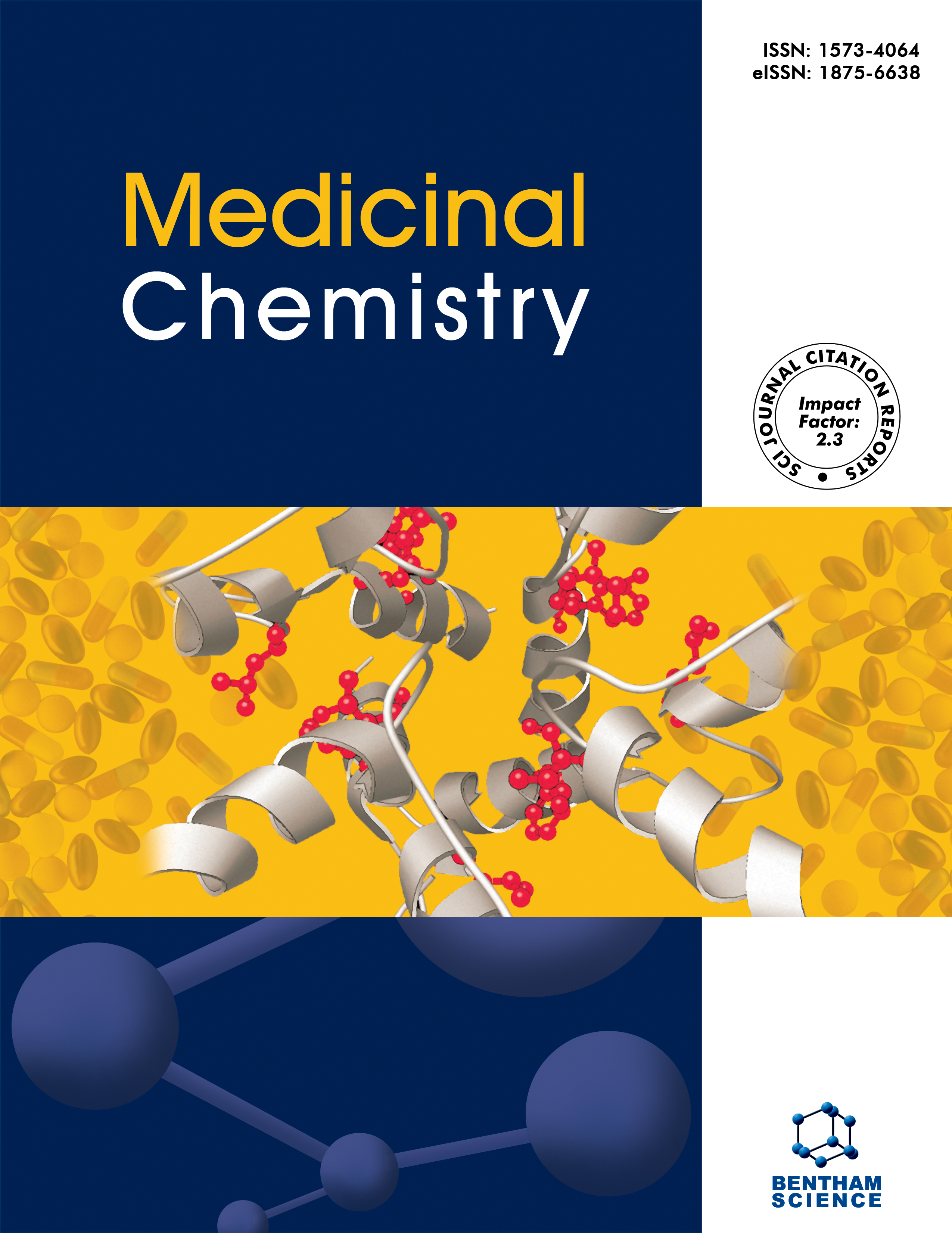
Full text loading...
Due to interdisciplinary research, many innovative concepts have been merged that seemed to be impractical. Recently, medicinal organometallic chemistry has made remarkable progress, but the latency of these compounds has not been fully exploited. This systematic review has examined the published literature on anticancer organometallic chemistry across countries, science fields, and organizations involved in organometallics research for cancer.
The study data related to anticancer organometallics were searched from Scopus between 1985 and 2022. Biblioshiny and VOS Viewers were used to analyze and visualize patterns in scientific literature derived from Scopus.
Publications on organometallic compounds have been found to contribute to, on average, 1.02% per year, accounting for 94.3% of the total scholarly work published in the last two decades since 2003. However, research productivity has been found to be steadily improved, with 81.5% of all publications produced between 2011 and 2022. The countries possessing the highest published work have been found to be China, the UK, and Germany. The leading institutions, the University of Warwick, United Kingdom, and the University of Auckland, New Zealand, have topped the list of organizations with the most publications. Although the use of medicinal organometallics for cancer has become widespread over the last two decennaries, there has been a notable influx of groundbreaking scientific publications in recent years.
The findings of this study may enable researchers to envision potential future scenarios for scientific collaborations involving the utilization of organometallics in the treatment of cancer. This study may provide aspiring and current researchers with the necessary tools and knowledge to effectively pursue their research endeavors for scientific collaborations investigating the use of anticancer organometallics in the medicinal field. The areas, such as ruthenium with reactive oxygen species and angiogenesis, represent opportunities for future investigation and innovation.

Article metrics loading...

Full text loading...
References


Data & Media loading...
Supplements

